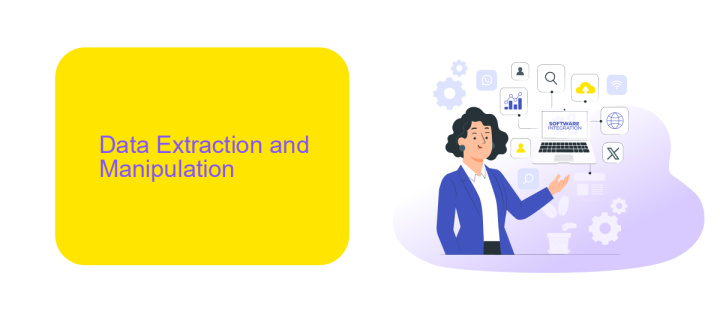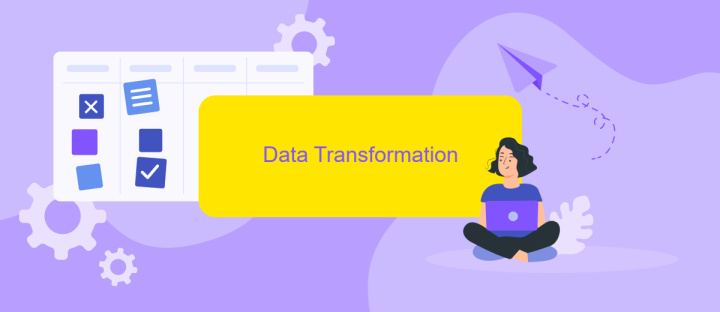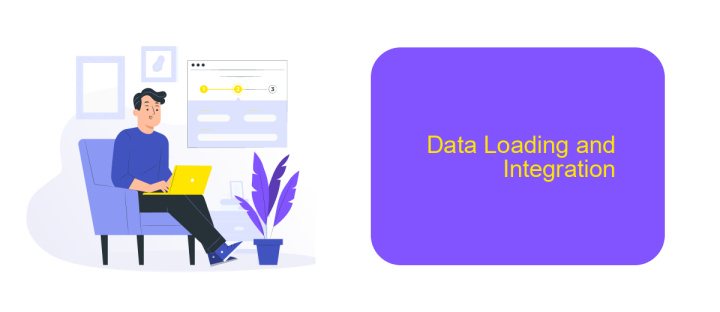Python for Data Integration
Python has emerged as a powerful tool for data integration, offering a versatile and efficient way to merge, clean, and transform data from various sources. With its extensive libraries and frameworks, Python simplifies complex data workflows, enabling seamless integration and analysis. This article explores the key features and benefits of using Python for data integration tasks, highlighting its role in modern data management.
Introduction
Python has become a cornerstone in the realm of data integration, offering unparalleled flexibility and power for managing complex data workflows. Its extensive libraries and frameworks make it a preferred choice for data engineers and analysts who need to integrate data from various sources seamlessly.
- Ease of use: Python's syntax is straightforward, making it accessible for beginners and experts alike.
- Extensive libraries: With libraries like Pandas, NumPy, and SQLAlchemy, Python offers comprehensive tools for data manipulation and integration.
- Community support: A large, active community means a wealth of resources and support is available.
For those looking to streamline their data integration processes, services like ApiX-Drive can be invaluable. ApiX-Drive allows for the automation of data flows between various platforms, reducing the need for manual intervention. By leveraging Python alongside such services, organizations can achieve efficient and reliable data integration, ultimately driving better decision-making and operational efficiency.
Data Extraction and Manipulation

Data extraction is a crucial step in data integration, involving the retrieval of data from various sources such as databases, APIs, and flat files. Python offers a variety of libraries like Pandas, SQLAlchemy, and requests to facilitate this process. For instance, Pandas can read data from CSV files, SQL databases, and even directly from web APIs. Using SQLAlchemy, you can seamlessly interact with relational databases, enabling efficient data extraction and manipulation. The requests library is invaluable for making HTTP requests to APIs, allowing you to fetch real-time data from web services.
Once the data is extracted, it often requires manipulation to fit the desired format for analysis or integration. Python's Pandas library excels in this domain, offering robust functionalities for data cleaning, transformation, and aggregation. You can easily handle missing values, filter data, and perform complex operations with minimal code. For more advanced integration needs, tools like ApiX-Drive can automate the extraction and transformation processes, connecting various data sources and services effortlessly. By leveraging these Python libraries and tools, you can streamline data extraction and manipulation, ensuring a smooth data integration workflow.
Data Transformation

Data transformation is a crucial step in the data integration process, enabling the conversion of data from various sources into a unified format. This step ensures that the data is consistent, accurate, and ready for analysis. Effective data transformation can significantly improve the quality and usability of the integrated data.
- Data Cleaning: Remove duplicates, handle missing values, and correct errors to ensure data accuracy.
- Data Standardization: Convert data into a common format, such as standardizing date formats or unit measurements.
- Data Enrichment: Enhance data by adding relevant information from external sources.
- Data Aggregation: Summarize data to provide meaningful insights, such as calculating averages or totals.
Using tools like ApiX-Drive can streamline the data transformation process. ApiX-Drive offers a variety of features to automate data cleaning, standardization, and enrichment. By leveraging such services, businesses can save time and resources, ensuring that their data integration efforts are both efficient and effective.
Data Loading and Integration

Data loading and integration are critical steps in the data pipeline process, ensuring that data from various sources is accurately and efficiently brought into a unified system. Python, with its robust libraries and frameworks, provides powerful tools for these tasks. Using libraries like pandas, SQLAlchemy, and pyodbc, data engineers can streamline the loading of data from databases, APIs, and flat files into data warehouses or other storage solutions.
One of the essential aspects of data integration is ensuring data consistency and quality. This involves transforming data into a common format, cleaning it, and resolving any discrepancies. Python's extensive ecosystem, including tools like Pandas and NumPy, makes these tasks more manageable and efficient.
- Data extraction from various sources
- Data transformation and cleaning
- Loading data into target systems
- Monitoring and maintaining data pipelines
For seamless integration, services like ApiX-Drive can be beneficial. ApiX-Drive allows users to automate data transfers between different systems without extensive coding, making it easier to maintain synchronized data across platforms. By leveraging such tools, organizations can ensure that their data integration processes are both efficient and reliable.


Conclusion
In conclusion, Python has proven to be an invaluable tool for data integration, offering flexibility and extensive libraries that cater to a wide range of integration needs. Its ability to handle various data formats and connect with numerous databases and APIs makes it a preferred choice for data professionals. By leveraging Python, organizations can streamline their data workflows, ensuring that data is consistently accurate and up-to-date across all systems.
Moreover, services like ApiX-Drive can further simplify the process of setting up integrations. ApiX-Drive provides a user-friendly platform that allows for seamless data transfer between different applications without the need for extensive coding knowledge. By combining the power of Python with the ease of use offered by ApiX-Drive, businesses can achieve efficient and reliable data integration, ultimately leading to better decision-making and enhanced operational efficiency.
FAQ
What is Python used for in data integration?
How can Python help in automating data integration tasks?
What are some common libraries in Python for data integration?
How can I schedule Python scripts for data integration tasks?
How do I handle errors in Python data integration scripts?
Do you want to achieve your goals in business, career and life faster and better? Do it with ApiX-Drive – a tool that will remove a significant part of the routine from workflows and free up additional time to achieve your goals. Test the capabilities of Apix-Drive for free – see for yourself the effectiveness of the tool.

